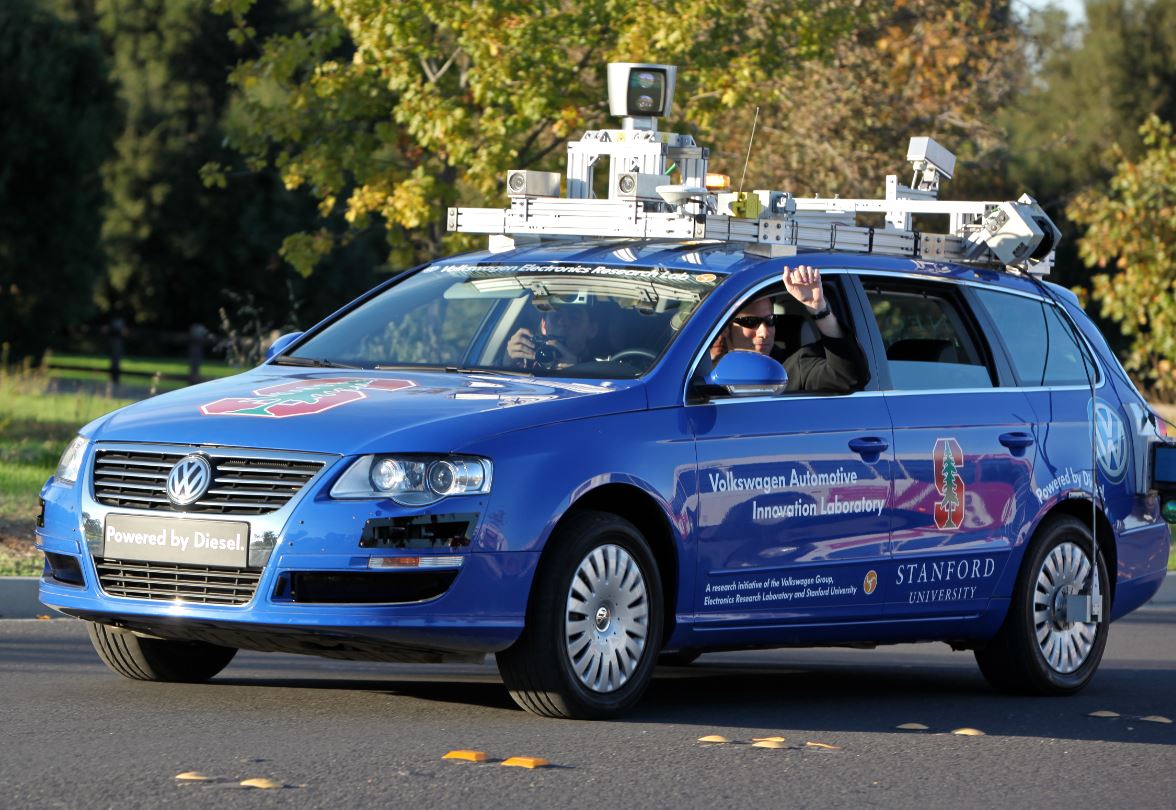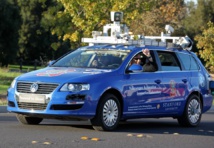In the calculations, the researchers focused on the year of 2030. They found out how economical and environmentally friendly unmanned taxis will have been by this time, but they did not predict just how widespread this technology would have got by the deadline.
According to the analysis, the exhaust of greenhouse gases per mile (about 1.6 kilometers) from an unmanned electric taxi will be reduced by 90 percent compared to a car used for private purposes with a conventional engine, released in 2014. Also, the exhaust will decrease in the limit from 63 to 82 per cent when compared with hybrid engine private cars. Hybrid cars, which are scheduled to start in production in 2030, were taken as the sample of projects of.
According to the authors, the main role is going to be played by the emergence of single and double unmanned cars in taxi pools. Basing on data from the Federal Highway Administration US, they noted that in most cases, modern Americans call a taxi to travel alone. Compact cars will significantly reduce the power consumption and the associated production of its exhaust gases into the atmosphere.
The second factor - the emergence of more environmentally friendly power generation schemes. It is expected that power stations will move to them in 2030, and it will also reduce the amount of emissions.
In addition, the researchers analyzed how costly to keep will be different types of cars with dofferent engines in 2030. According to their estimates, with the mileage of 19.3 thousand kilometers a year (the average rate for private cars in the US), electrics are still more expensive than a car with a conventional engine.
But the run from 64.3 thousand to 112.6 thousand kilometers a year (the average rate for a taxi in the US) is the most economical option - just electric or hydrogen-powered car. The calculations take into account maintenance costs, insurance, fuel and the cost of the car (at the rate of purchase in installments over five years). Although the transport costs more, fuel for it is cheaper.
In the future, scientists plan to conduct additional research in the field of optimal design of unmanned taxis, and more realistically simulate the operation of taxis like in the modern metropolis.
source: nature.com
According to the analysis, the exhaust of greenhouse gases per mile (about 1.6 kilometers) from an unmanned electric taxi will be reduced by 90 percent compared to a car used for private purposes with a conventional engine, released in 2014. Also, the exhaust will decrease in the limit from 63 to 82 per cent when compared with hybrid engine private cars. Hybrid cars, which are scheduled to start in production in 2030, were taken as the sample of projects of.
According to the authors, the main role is going to be played by the emergence of single and double unmanned cars in taxi pools. Basing on data from the Federal Highway Administration US, they noted that in most cases, modern Americans call a taxi to travel alone. Compact cars will significantly reduce the power consumption and the associated production of its exhaust gases into the atmosphere.
The second factor - the emergence of more environmentally friendly power generation schemes. It is expected that power stations will move to them in 2030, and it will also reduce the amount of emissions.
In addition, the researchers analyzed how costly to keep will be different types of cars with dofferent engines in 2030. According to their estimates, with the mileage of 19.3 thousand kilometers a year (the average rate for private cars in the US), electrics are still more expensive than a car with a conventional engine.
But the run from 64.3 thousand to 112.6 thousand kilometers a year (the average rate for a taxi in the US) is the most economical option - just electric or hydrogen-powered car. The calculations take into account maintenance costs, insurance, fuel and the cost of the car (at the rate of purchase in installments over five years). Although the transport costs more, fuel for it is cheaper.
In the future, scientists plan to conduct additional research in the field of optimal design of unmanned taxis, and more realistically simulate the operation of taxis like in the modern metropolis.
source: nature.com



















